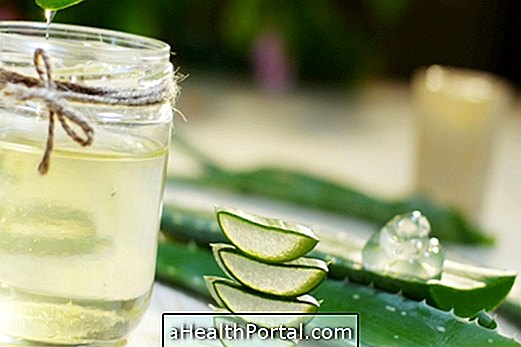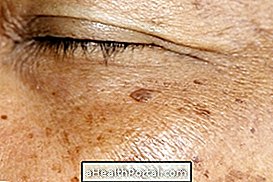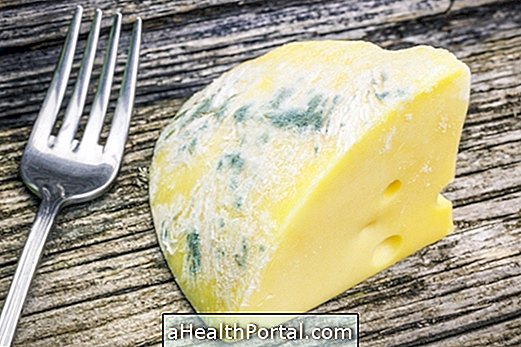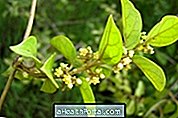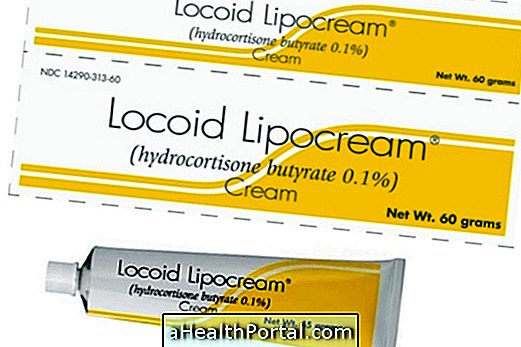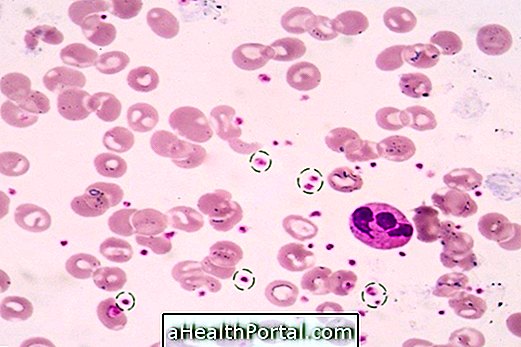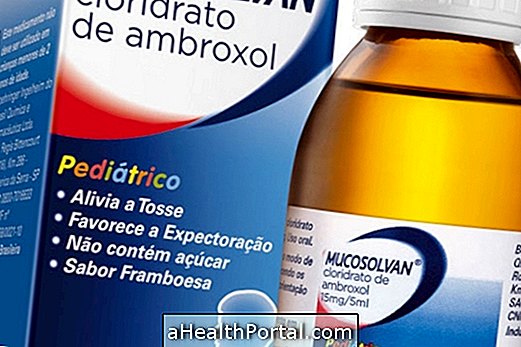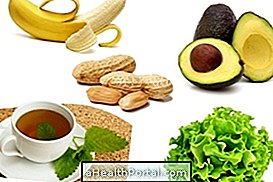Yellowish vaginal discharge may have two main causes: a bacterial infection, usually chlamydia, or a fungal infection, such as trichomoniasis. Thus, the best way to combat this discharge is by using substances that contain antibacterial or antifungal properties, depending on the cause.
In addition, it is always important to consult your gynecologist to identify the correct cause and also initiate drug treatment if necessary. Therefore, while these home remedies may relieve symptoms, they should not replace medical treatment and should be used to decrease discomfort and speed recovery time.
Check out what other types of discharge may mean about your health.
1. Tea of Pau d'Arco

Pau d'Arco helps complement antibiotic treatment, such as metronidazole, in patients with trichomoniasis. This is because Pau d'Arco has antifungal properties that help eliminate excess fungi, relieving discomfort and speeding up the effect of medications prescribed by the doctor.
Ingredients
- 15 grams of bark from Pau d'Arco;
- 500 ml of water.
Method of preparation
Place the water and the peel of the plant in a pot and let it boil for 15 minutes. Then allow to mix and strain the mixture. One can drink 3 to 4 cups of tea per day.
2. Echinacea tea

Echinacea tea has a broader effect, helping to combat both bacteria and fungi. Echinacea is a medicinal plant that helps to strengthen the immune system, in addition to having antibacterial and antifungal action.
Ingredients
- 1 tablespoon echinacea root;
- 1 cup boiling water
Method of preparation
Add the echinacea root in the cup and let stand for about 10 minutes. Then strain the mixture, let it knead and drink 3 to 4 times a day.
In addition to tea, for a faster result, echinacea capsules can also be taken. For this, the calculation of the dose should be done with 10 mg per kg of weight, divided into 2 moments during the day, for at least 10 days. Thus, a person weighing 70 kg should take 700 mg per day, which can be divided into 350 mg in the morning and 350 mg in dinner, for example.
3. Probiotics for vaginal flora

Probiotics are types of bacteria that help balance the vagina flora, preventing the exaggerated development of fungi and other bacteria, which in large numbers can cause infections. This is mainly due to its effect on pH, which leaves the vaginal environment more acidic, preventing the development of these microorganisms.
Although all probiotics are important, especially those of the Lactobacillus type, there are some more specific strains for the vaginal flora such as Lactobacillus rhamnosus, fermentum or gasseri, for example.
Thus, during the treatment of a vaginal problem, it is of utmost importance to take a probiotic with several strains, at least until the end of the treatment, and especially if it is necessary to use an antibiotic. Out of this period, the use of probiotics can also be done 2 to 3 times a year for about 2 months in a row.

